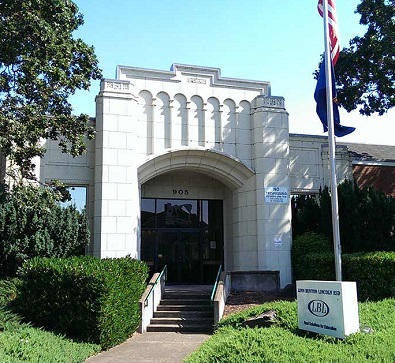What are ESDs and why do we need them?
In the interest of local control, Oregon has 197 school districts. This allows for citizens to make decisions about education on a very local level, but it also has the effect of creating very small school districts that don't have the resources to respond to very unique needs or to leverage larger procurement opportunities. This is where Education Service Districts come in.
Oregon’s Education Service Districts are defined in
Oregon law. ESDs originated in Oregon's first laws that established a general system of common schools -- that has maintained but changed Oregon's mid-level education service entities.
The mission of ESDs has remained somewhat constant: "Education Service Districts assist school districts and the State of Oregon in achieving Oregon's education goals by providing equitable educational opportunities for all of Oregon’s public school students."​
Each ESD provides regional services to its component school districts, primarily in areas that the school districts alone would not be able to adequately and equitably provide. Examples include high cost technology systems, and services to children with severe disabilities who qualify under the category of high cost but low incidence. Services are offered within four large categories: special needs children, school improvement, technology, and administrative services.
In addition to allowing schools to withdraw from an ESD,
2011 SB 250 added new data and informational reporting requirements to the Oregon Transparency website for all Education Service Districts. Reporting requirements include: revenue, expenditures, contracts, salary data, and informational reports; local service plans, audit reports, and meeting notices, etc.
Each Education Service District is governed by an elected board of directors, much like a school district. Their meetings are open to the public.
This is a list of all the ESDs
Clackamas ESD
Columbia Gorge ESD
Douglas ESD
Grant ESD
Harney ESD 17
High Desert ESD
InterMountain ESD
Jefferson ESD
Lake ESD
Lane ESD
Linn Benton Lincoln ESD
Malheur ESD 14
Multnomah ESD
North Central ESD
Northwest Regional ESD
Region 18 ESD
South Coast ESD 7
Southern Oregon ESD
Willamette ESD
 --Staff Reports
--Staff Reports| Post Date: 2020-11-29 10:46:04 | Last Update: 2020-11-29 12:36:15 |







